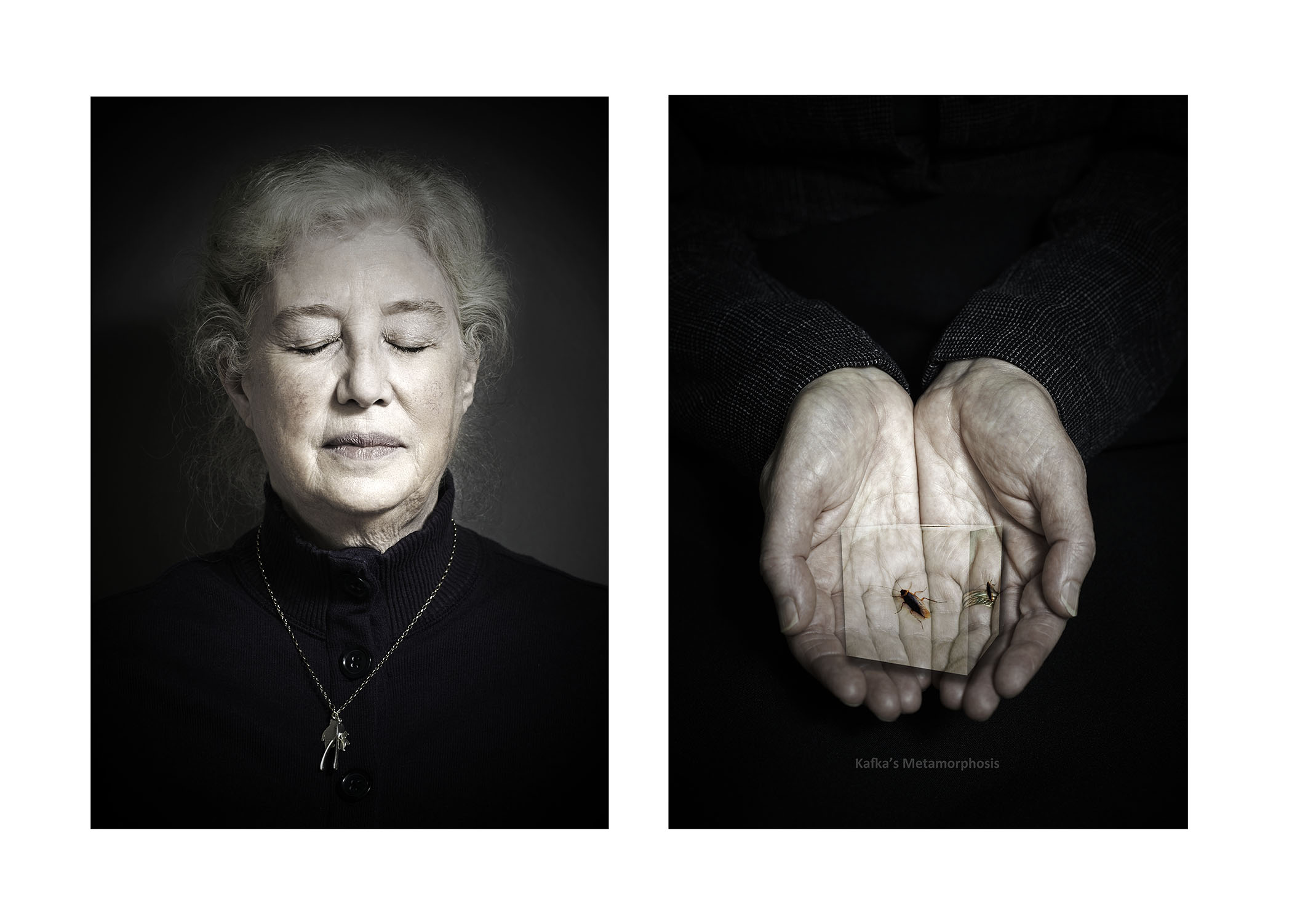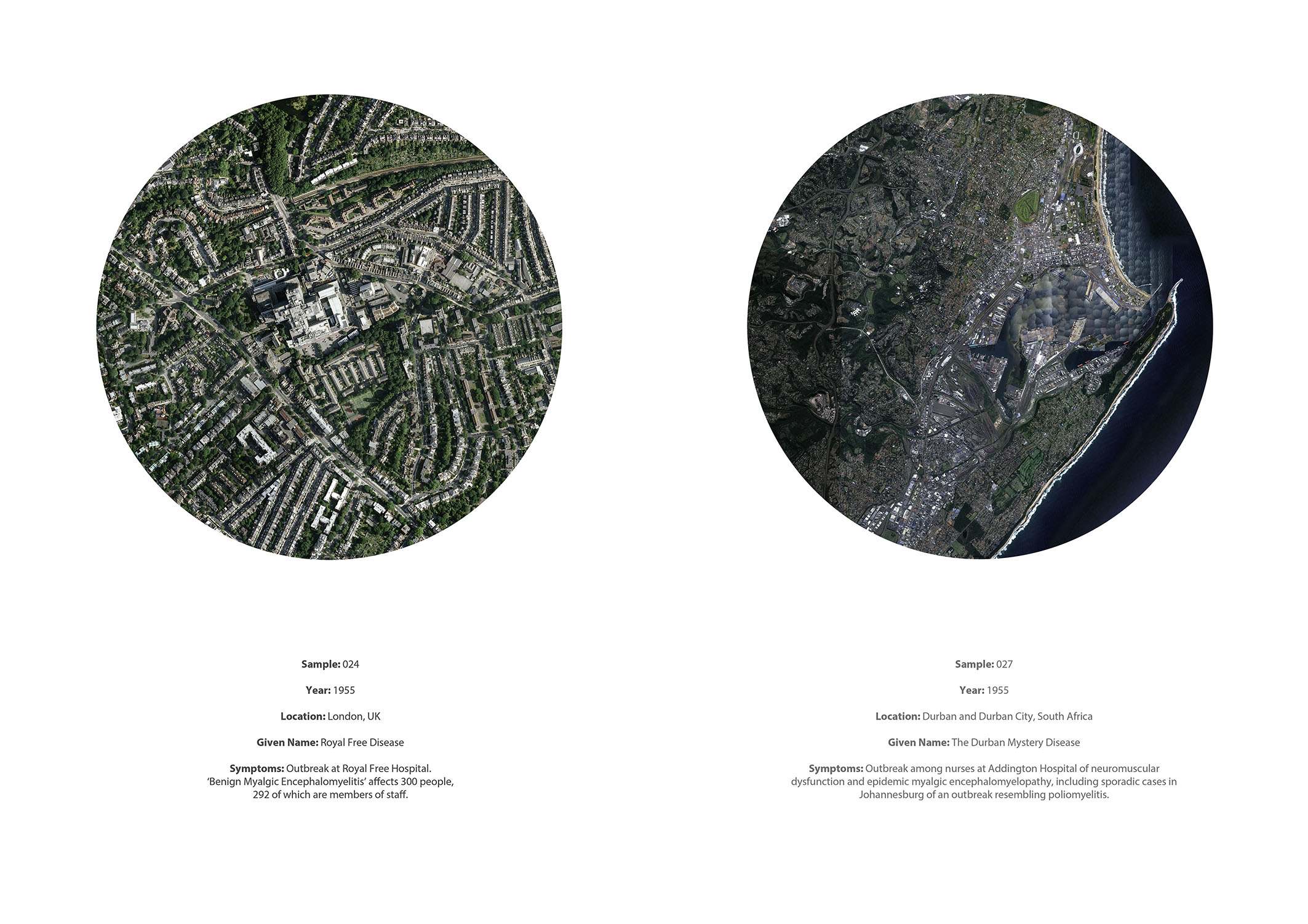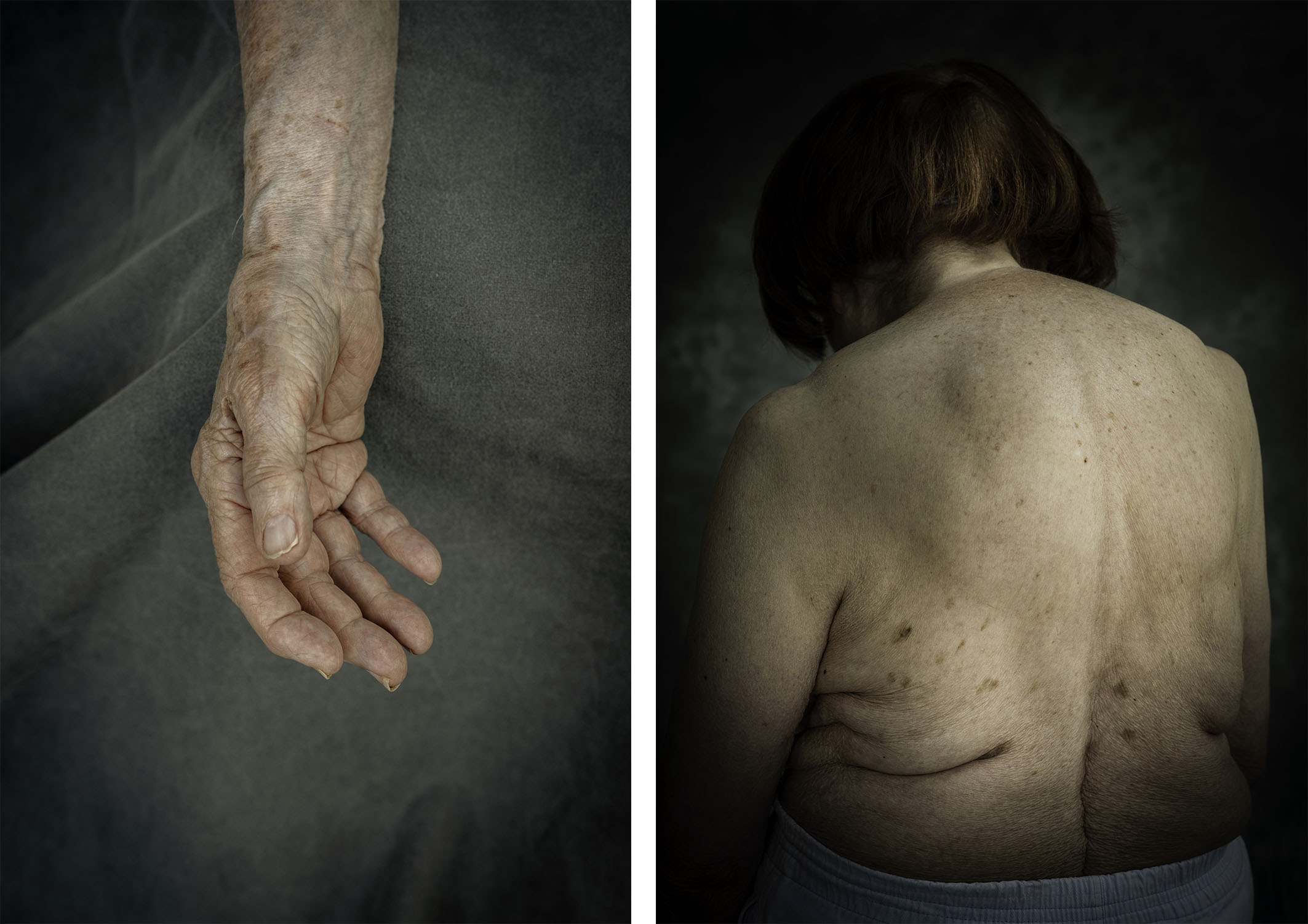Dr. Juliet Chenery-Robson
Juliet is a visual artist with a strong interest in exploring the terrain that juxtaposes the visual arts and science, particularly medical science and related humanities. In 2015 she was awarded an AHRC PhD in photography with her thesis which explored the visual representation of the invisible illness Myalgic Encephalomyelitis (ME). Adopting a participatory methodology, Juliet worked with ME sufferers to create visual and textual portrayals of sufferers’ illness experience and utilised metaphor to represent ME’s physical, social, medical, and political invisibility. The work was exhibited in diverse venues across the UK and also within the National Museum of Singapore. In 2016/17 Juliet was awarded funding from EngageFMS: Patient & Public Engagement & Involvement, to explore the visualisation of chronic illness as part of an arts and medical science collaboration between Newcastle University’s Medical and Creative Arts departments. Further EngageFMS (2018) funding allowed Juliet to explore the visualisation of chronic illness and multi-morbidity associated with ageing in an ongoing project entitled '(In)Visible Threads'. In 2019-20 Juliet was commissioned by Newcastle University’s National Innovation Centre for Ageing (NICA) to collaborate on a mixed media project that highlighted the visibility and joy of older women in the North East. Entitled ‘Joy’, photographs from the project are now on permanent display within the new NICA building.
Thesis Title: Portrait of an Invisible Illness: The Visualisation of Myalgic Encephalomyelitis Through Photography and Text with Participation From ME Sufferers
This practice-led PhD develops a range of strategies for visualising the invisible illness ME (Myalgic Encephalomyelitis) through photography, text, and participatory practice. The chronically ill ME sufferer experiences invisibility on four interlinked fronts: physical, social, medical, and political invisibility. The main aim of this thesis was therefore to create work, in participation with ME sufferers, that could be used as a tool to raise awareness of ME’s invisibility and communicate an understanding of ME to public, art, and medical audiences. The thesis examines how invisible illness has been represented visually, with reference to both historical and contemporary practitioners, alongside theories pertaining to the clinical gaze, illness narratives, and the philosophy of the photographic index. By exploring the many layers that constitute ME and by incorporating the personal view of ME sufferers—through a combination of photography, text, audio, SenseCam, family album photographs, and Google Earth images—the research tests different methods of using metaphor to visually represent ME’s invisibility. To reflect ME’s many facets I adopted a pluralistic methodology, which was both directed and participatory, combining elements of reflective practice, interpretive phenomenology, and narrative medicine. By developing multi-faceted strategies for visualising aspects pertaining to ME’s invisibility, this thesis demonstrates how photography, used in conjunction with text, can contribute to a wider public understanding of ME. It will also benefit other researchers by building upon contemporary photographic practice that explores how to represent complex, invisible illnesses. Exhibition and presentation evaluations have proven that this multiplicity of creative practice can provide a more nuanced and flexible method of visualising aspects of ME’s invisibility. It has also helped provide ME sufferers with a ‘voice’ by which to communicate the many problems they face as they try to cope with a life that is disabled by ME.
Awarded Date: 12/10/2015
Principal Supervisor: Dr Alexandra Moschovi
Second Supervisor: Dr Carol McKay
Additional Supervisor: Professor Arabella Plouviez
Website


